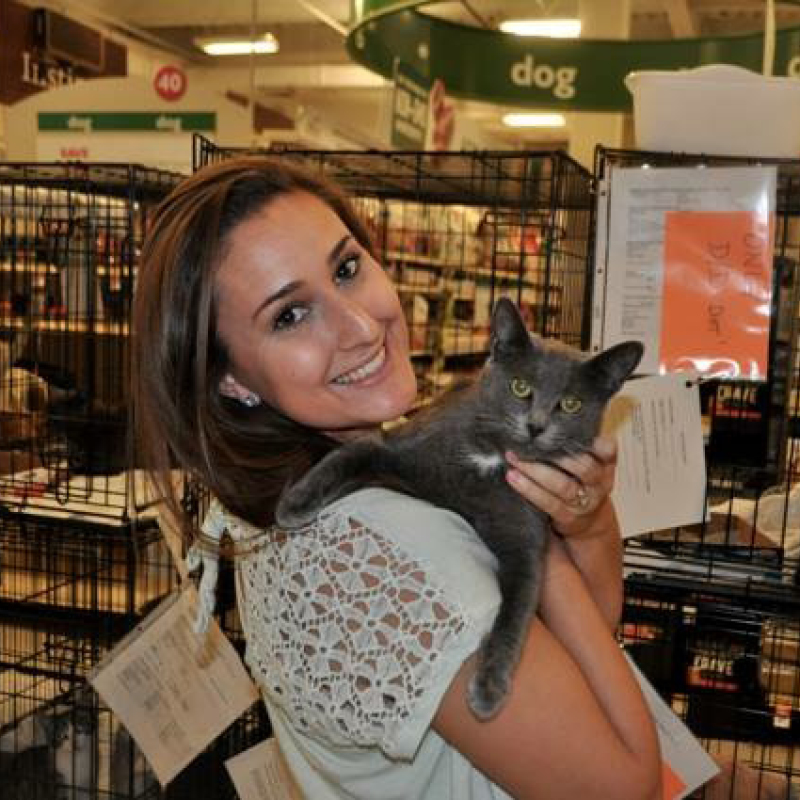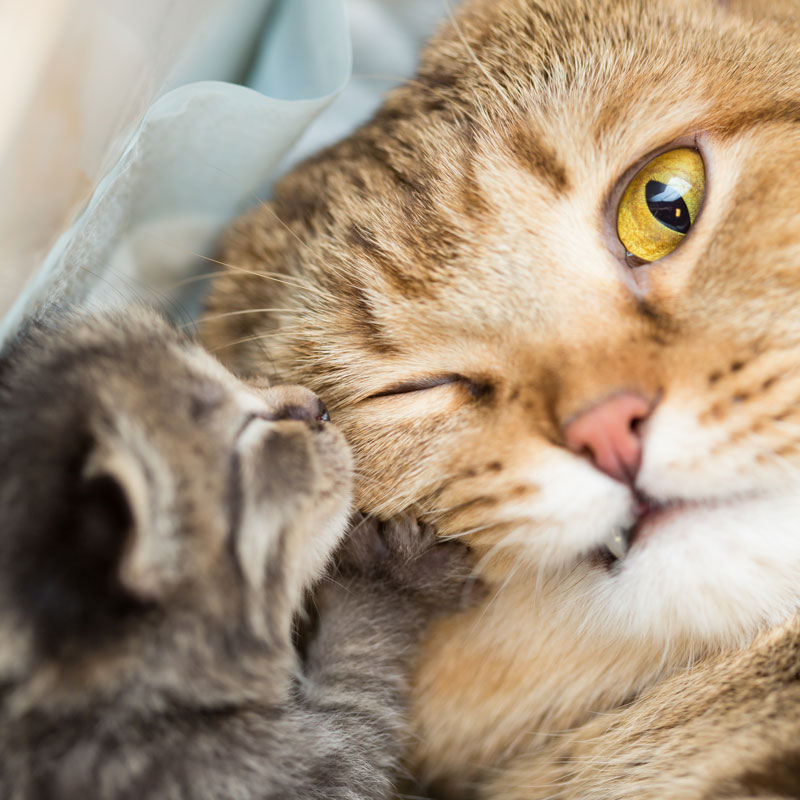
Interview! Jim Tedford, President & CEO of The Association for Animal Welfare Advancement
September 1, 2018
Interview! Olivia Westley, Development Director for Forgotten Cats, Inc.
September 8, 2018
In early July, I had the opportunity to attend the Alliance for Contraception in Cats and Dogs (ACC&D)’s 6th International Symposium on Non-Surgical Contraceptive Methods of Pet Population Control, held this year in Boston, MA. Below are a few of my takeaways from the two days of presentations. If you are interested in finding out more about ACC&D, please check out their website at www.acc-d.org. ACC&D’s President, Joyce Briggs, has also been on the Community Cats Podcast twice; you can listen to those shows at Episode 157 and Episode 253.
This topic of non-surgical sterilization for animals has always intrigued me, as I have long felt that there should be an easier way for us to control animal populations than having to trap them, take them to a clinic, and then sterilize them. Our current process for handling cat overpopulation is very hard to scale at an affordable level. In some areas of the country, thanks to the popular Humane Alliance Clinics, we have made a significant difference in overpopulation — but as John Boone points out so eloquently, “Cats can repopulate very easily and quickly.” Clearly, we still need more help when it comes to controlling the population of cats.
Much of the research on non-surgical contraception for animals is supported by the Michelson Prize and Grants in Reproductive Biology, a program run by Found Animals “to incentivize research through prize philanthropy and grant funding to rapidly develop a single-dose, nonsurgical sterilant for male and female cats and dogs.”
 Using the Vaccination Approach
Using the Vaccination Approach
Over the two days of the ACC&D symposium, there were several presentations discussing new research and studies around new sterilization vaccine techniques. I won’t go into the science too much here, but there has been a lot of research and use of non-surgical sterilants in young dogs. We had several representatives from Europe present and it seemed like there was more interest on this topic from the international community than there is domestically, but that just could be due to who happened to be in the room. There were a few studies presented where populations of dogs were assisted in very poor communities internationally. What struck me is that with a sterilization vaccine, many of the same old challenges are still present. For instance, handling … dogs and cats still have to be handled for any type of injection. So they will still need to be trapped. If cats don’t get anesthetized, then what about that critical ear-tip that lets us know the cat is sterilized? At this point, I wonder whether all these hurdles really make the process of controlling population through injectable contraceptives scalable.
The Long-Term Approach for Community Cats
John Boone (Episode 258) spoke about some of his research regarding using a long-term contraceptive. This approach didn’t seem as popular as I thought it would be. Reducing and delaying fertility has been a popular tactic used for rat population control, but it seems that cats (like rats) are just too good at multiplying. One theory that  John really proves with his modeling is that when we are working in a community, it is best to do a lot of surgeries in a small window of time, rather than spreading out the capacity over several months or years. It is much harder for reproductive capacity to build up when you have your colony at a high percentage of sterilization. I think this makes sense to all of us in the community cat world.
John really proves with his modeling is that when we are working in a community, it is best to do a lot of surgeries in a small window of time, rather than spreading out the capacity over several months or years. It is much harder for reproductive capacity to build up when you have your colony at a high percentage of sterilization. I think this makes sense to all of us in the community cat world.
Genetic Expression
According to the National Institutes for Health, gene therapy is “an experimental technique that uses genes to treat or prevent disease.” This certainly isn’t new science, but this was a new one to me when thinking about cats and dogs and their reproduction. There was a lot of conversation around using gene therapy to impact how animals breed. Gene therapy research is booming and seems to be all the rage. So it makes sense that we consider this option for our animals. It will be interesting to see where the research takes us on this one.
The Ethical Questions
There was a session on ethics and how our role plays out in the balancing of our animal populations. In this arena we are talking about wildlife as well as our cats and dogs. Can we control our animal populations? Should we? The session also discussed many of the ethical dilemmas scientists face in clinical trials. There are definitely many areas of grave concern for consideration here.
Anyway, this is a short, layperson’s overview of the new research regarding non-surgical sterilization techniques for animals. ACC&D only holds their symposium every few years, so I would recommend you sign up for their newsletter to stay up to date on the newest research as it comes out.




